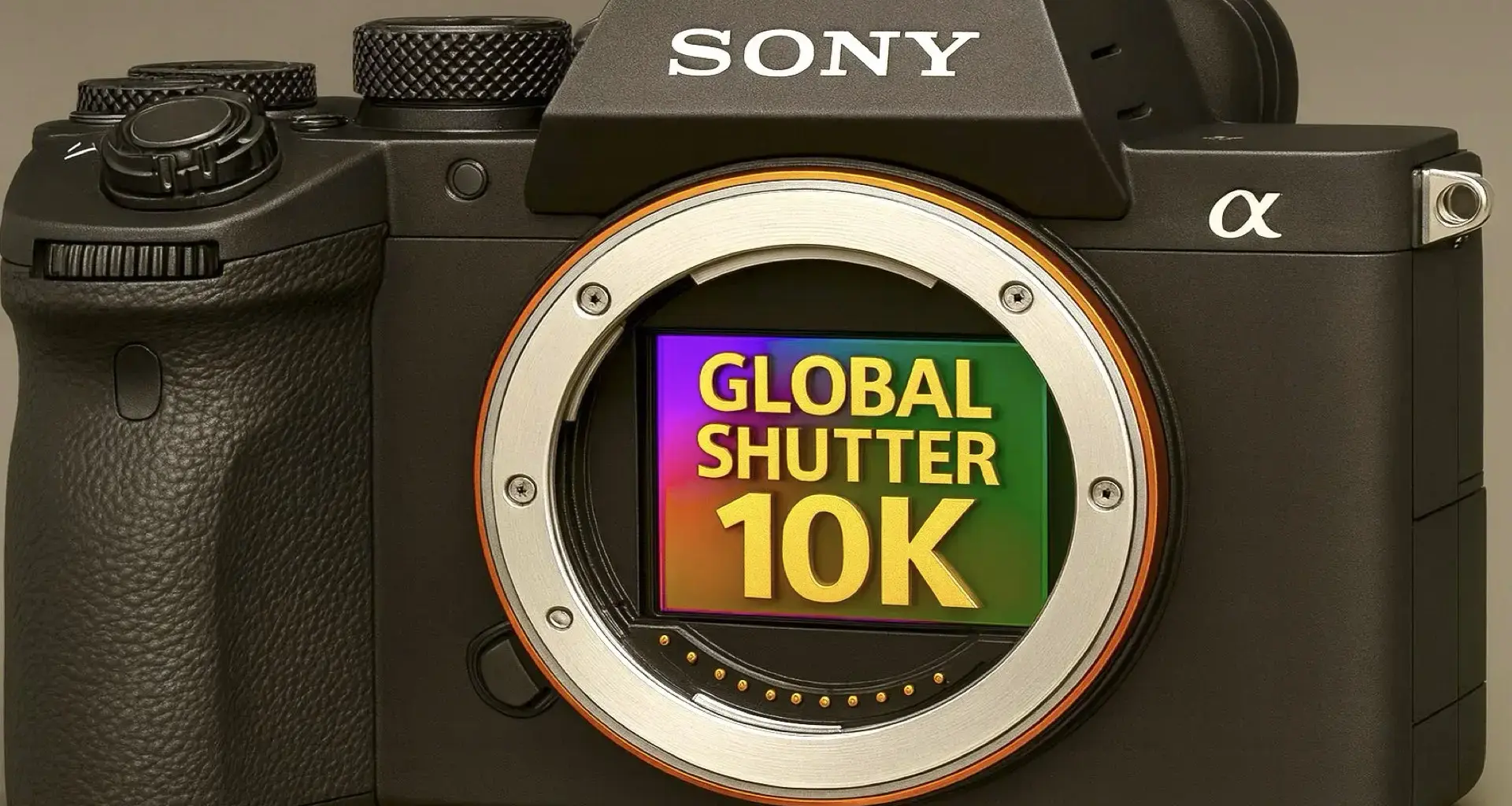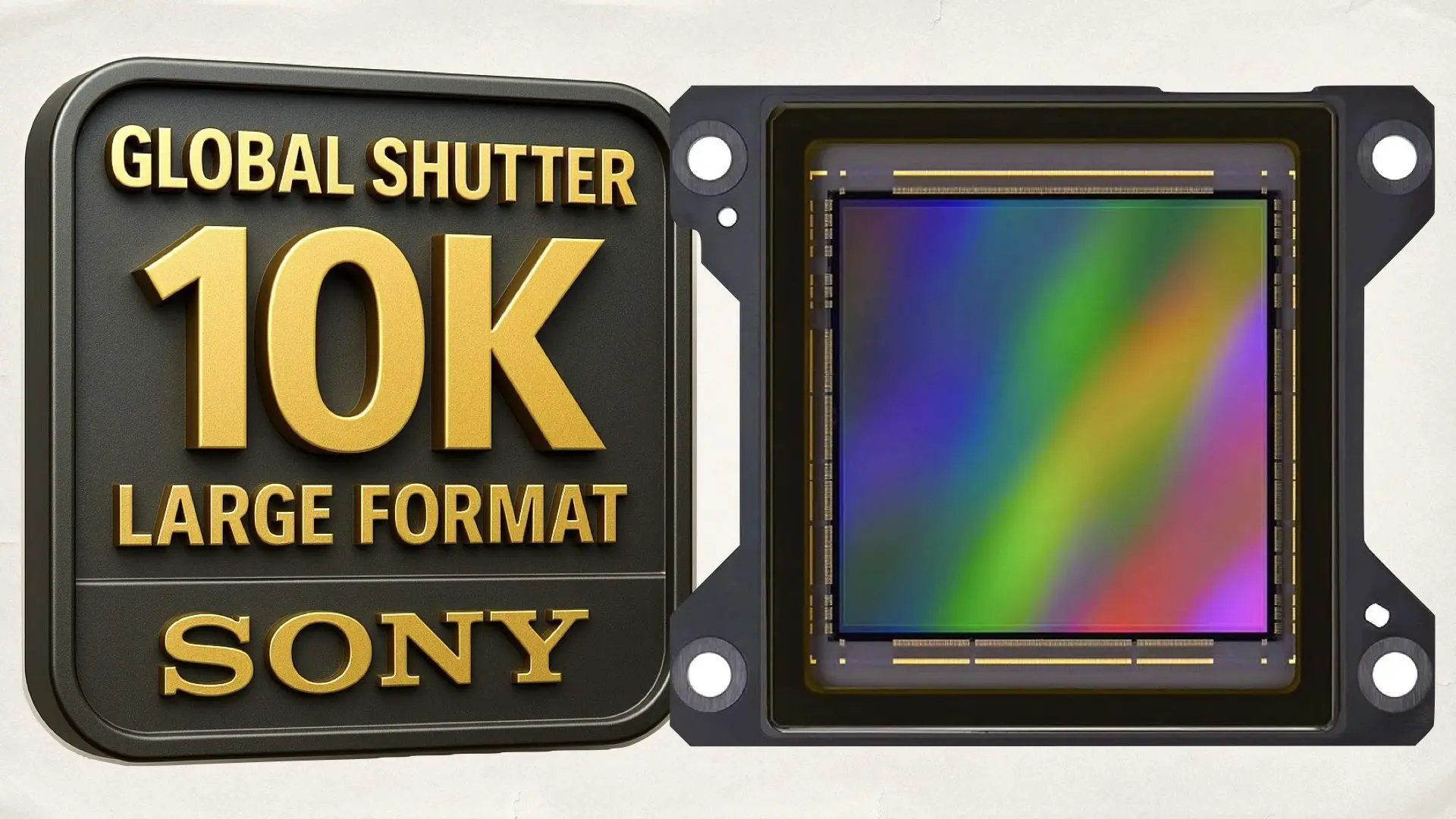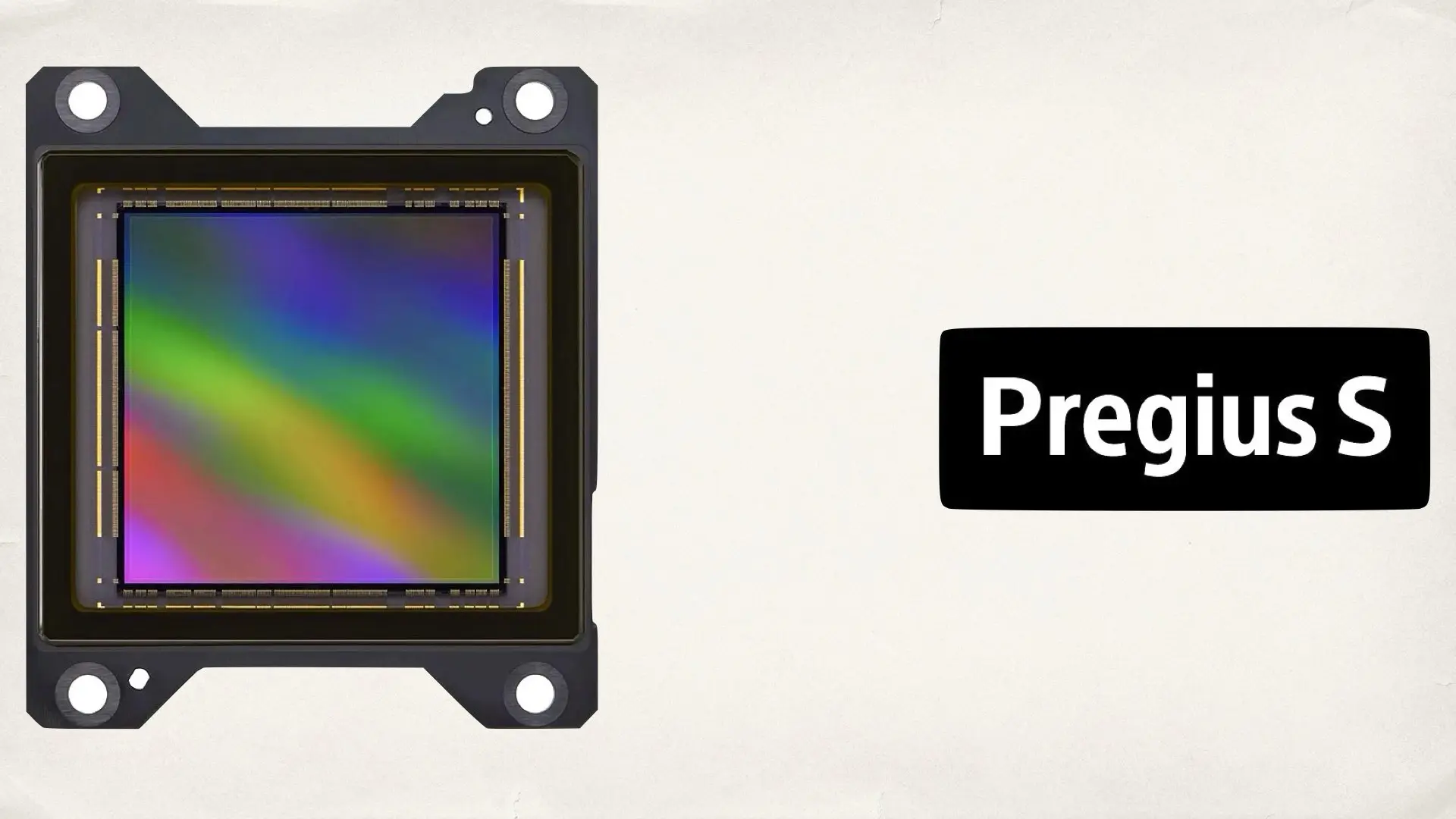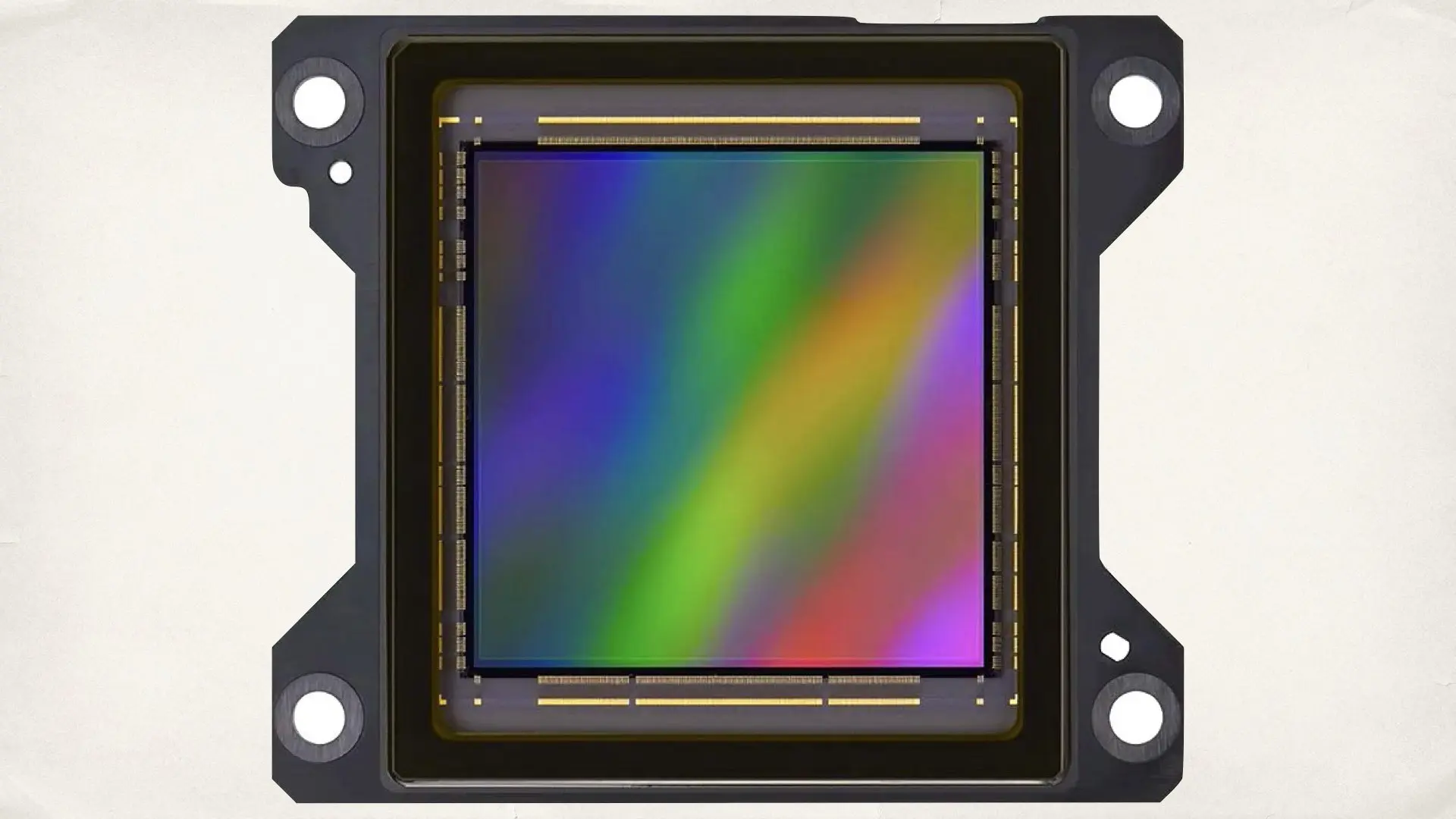Sony has just unveiled its most ambitious sensor yet. While the IMX927 is officially designed for industrial imaging, the specs hint at something much bigger. A square 10K global shutter sensor with a diagonal close to full frame could be the foundation for a new era of large format cinematography.
The IMX927 packs an extraordinary 10,248 × 10,248 pixels. That is over 105 megapixels in a square format, translating to more than 10K horizontal resolution when cropped for 16:9 cinema. By comparison, today’s flagship digital cinema cameras from ARRI, RED, and Canon top out at 8K. Sony’s move signals that 10K capture is not just possible but already entering practical sensor design. Furthermore, unlike rolling shutter sensors, a global shutter exposes every pixel simultaneously. This eliminates motion distortion, skew, and banding. For filmmakers, it means action sequences, fast pans, and handheld kinetic shots can be captured cleanly at unprecedented resolution. The IMX927 also integrates Sony’s “1-shot HDR” function, designed to expand dynamic range while maintaining frame rate and resolution.
Physically, the IMX927 measures about 28 mm × 28 mm with a 39.7 mm diagonal. That places it slightly smaller than 36 mm full frame but well above Super 35. With clever cropping and scaling, this square format could easily power large-format cinema designs. Imagine a future Sony CineAlta camera pairing this 10K global shutter sensor with PL-mount glass, aiming directly at the same territory as the ALEXA 65 or RED’s Monstro VV.
The cinema industry is hungry for cleaner, sharper, and more flexible digital formats. While 8K has only just entered the mainstream, Sony is already hinting at the next step. For streaming platforms demanding future-proof masters, a 10K global shutter sensor offers enormous latitude for reframing, stabilization, and VFX pipelines. In other words, it could reshape workflows much like 4K once did. Moreover,. Sony has a track record of testing high-end sensors first in industrial or scientific fields before adapting them for motion picture cameras. The Pregius S family, to which the IMX927 belongs, has been used in aerospace, medical, and robotics applications. History suggests that what begins in machine vision often finds its way into cinema.
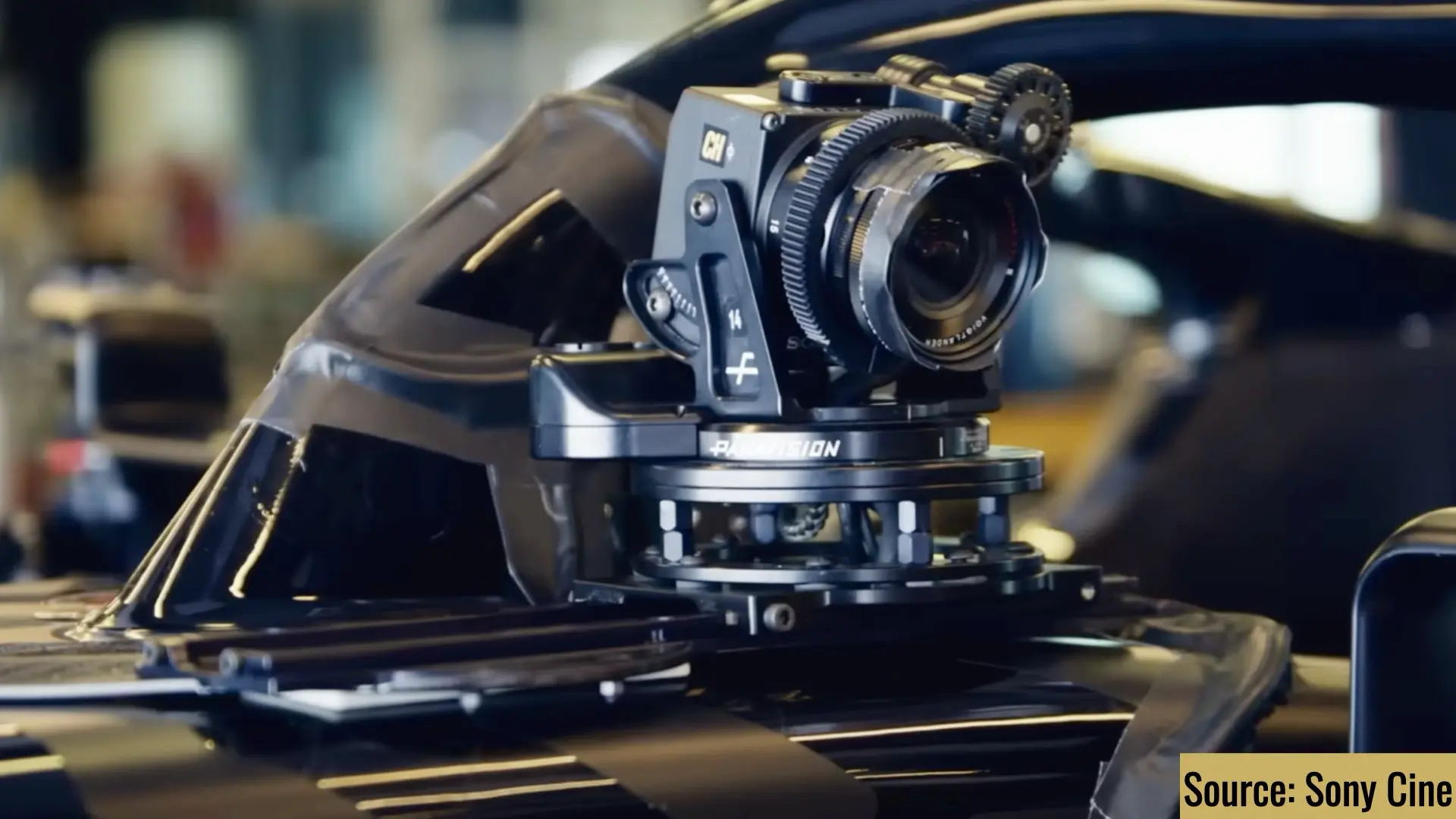
YMCinema has been closely following breakthroughs in sensor design, and the IMX927 is just the latest piece in a rapidly evolving puzzle. Explore some of our in-depth reports here:
And that is just a drop in the sea…
If Sony brings this 10K global shutter architecture into its CineAlta line, it would mark one hell of a solid step in digital cinematography. The IMX927 may not have been announced as a cinema sensor, but its capabilities are too powerful to ignore. The future of large-format cinematography could well be defined by 10K. Don’t you think?

